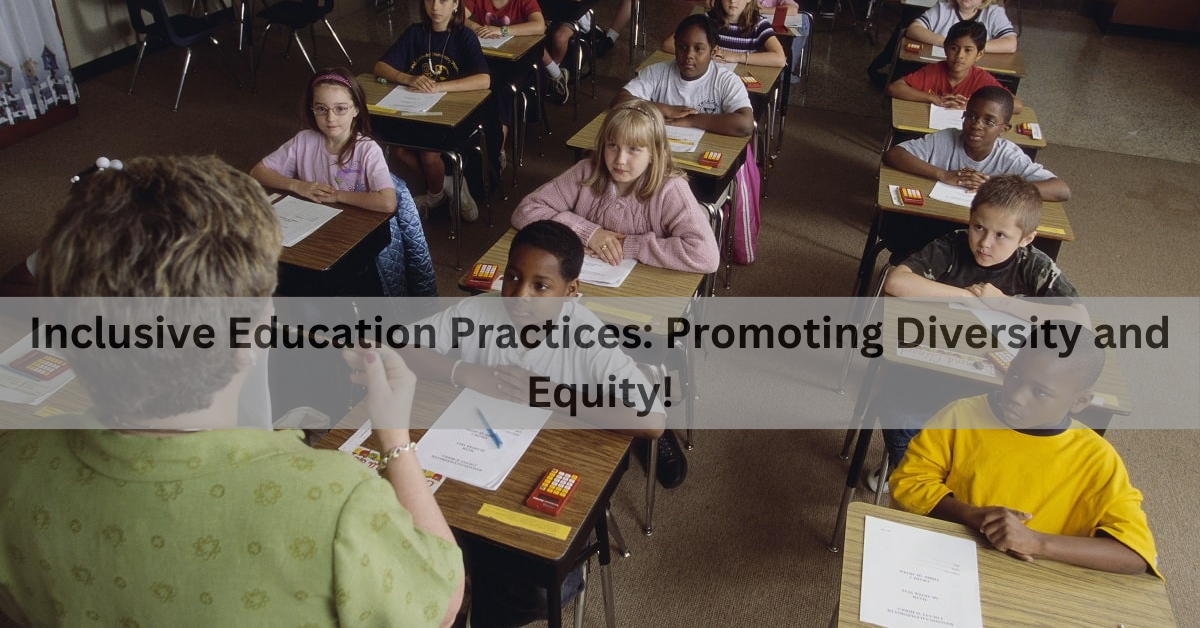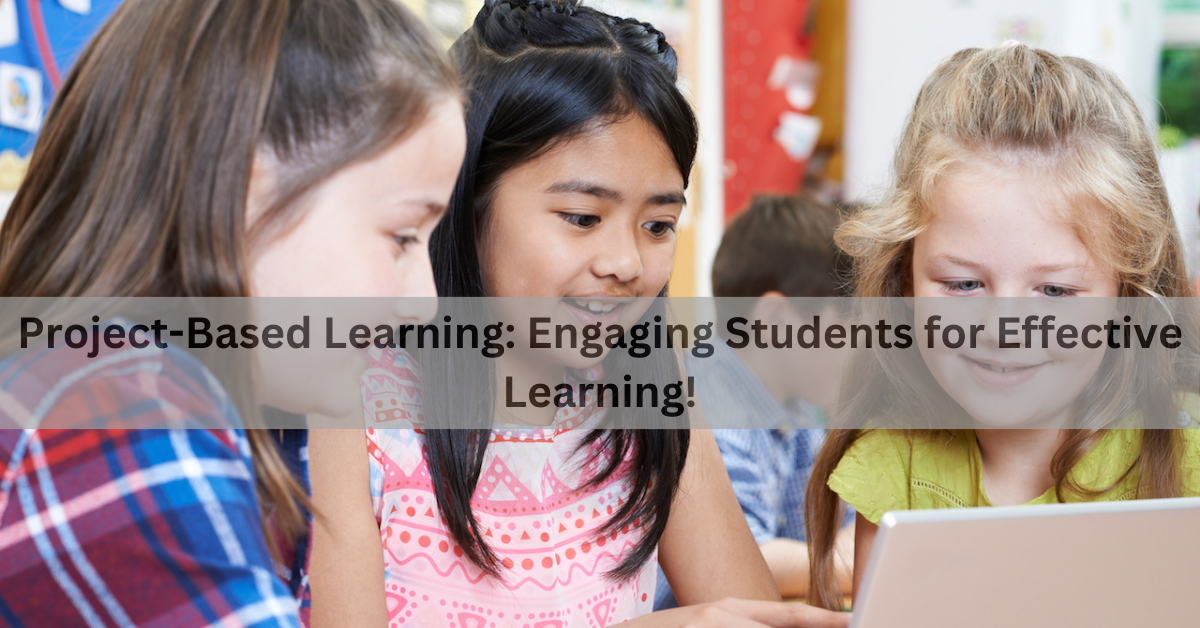Contents
Introduction to Inclusive Education
Inclusive education is a philosophy that ensures all students, regardless of their abilities or backgrounds, are provided with meaningful and equitable learning opportunities within mainstream educational settings. This article explores the principles of inclusive education, its benefits, strategies for implementation, challenges, and the impact on students and society.
Principles of Inclusive Education
Accessibility
Inclusive education emphasizes removing barriers to learning by providing accessible physical environments, instructional materials, and technologies that meet the diverse needs of students.
Diversity and Equity
It promotes diversity by respecting and valuing the unique strengths, backgrounds, cultures, and identities of all students. Equity ensures that every student has access to quality education and support services.
Collaboration and Support
Inclusive education fosters collaboration among educators, students, families, and community members to create a supportive and inclusive learning environment. It encourages teamwork and shared responsibility for student success.
Benefits of Inclusive Education
Academic Achievement
Research shows that inclusive classrooms enhance academic achievement for all students. Students with disabilities or special needs benefit from personalized instruction and peer support, while typically developing students learn empathy and collaboration skills.
Social and Emotional Development
Inclusive education promotes social interactions and friendships among students of diverse abilities. It fosters empathy, understanding, and acceptance, leading to positive social skills and emotional well-being.
Community Integration
By preparing students to interact with diverse peers from an early age, inclusive education promotes community integration and prepares them for a diverse and inclusive society.
Strategies for Implementing Inclusive Education
Universal Design for Learning (UDL)
UDL involves creating flexible learning environments and using diverse teaching methods that accommodate various learning styles, abilities, and preferences.
Individualized Education Plans (IEPs)
IEPs outline personalized goals, accommodations, and support services for students with disabilities or special needs, ensuring they receive the necessary resources to succeed academically and socially.
Teacher Professional Development
Providing ongoing training and support for educators in inclusive teaching strategies, behavior management, and assistive technologies enhances their ability to meet the diverse needs of students.
Challenges in Inclusive Education
Resource Allocation
Limited resources, including funding, staffing, and specialized equipment, can pose challenges to providing adequate support and accommodations for all students.
Attitudinal Barriers
Negative attitudes, stereotypes, and misconceptions about disabilities or differences may hinder acceptance and inclusion within educational settings.
Legal and Policy Issues
Navigating legal requirements and policies related to inclusive education, including compliance with disability rights laws and educational mandates, can be complex and time-consuming.
Impact of Inclusive Education
Personal Growth and Empowerment
Inclusive education empowers students to develop self-confidence, self-advocacy skills, and a sense of belonging within their school community.
Academic and Career Success
By receiving appropriate support and accommodations, students are better equipped to achieve academic milestones and pursue higher education and career opportunities.
Societal Change
Inclusive education promotes social justice and equity by challenging stereotypes, fostering respect for diversity, and preparing future generations to embrace inclusion in all aspects of life.
Conclusion
Inclusive education practices play a crucial role in promoting diversity, equity, and access to quality education for all students. By embracing inclusive principles, schools not only enhance academic achievement and social development but also contribute to a more inclusive and accepting society. Overcoming challenges and implementing effective strategies are essential steps towards creating inclusive learning environments where every student can thrive and succeed.


